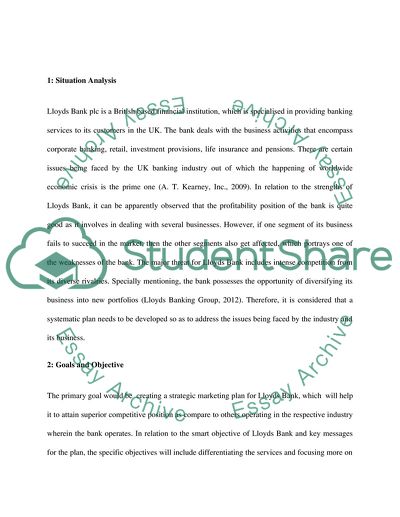Cite this document
(“Contemporary Retail Marketing Research Paper Example | Topics and Well Written Essays - 2750 words”, n.d.)
Contemporary Retail Marketing Research Paper Example | Topics and Well Written Essays - 2750 words. Retrieved from https://studentshare.org/marketing/1648978-contemporary-retail-marketing
Contemporary Retail Marketing Research Paper Example | Topics and Well Written Essays - 2750 words. Retrieved from https://studentshare.org/marketing/1648978-contemporary-retail-marketing
(Contemporary Retail Marketing Research Paper Example | Topics and Well Written Essays - 2750 Words)
Contemporary Retail Marketing Research Paper Example | Topics and Well Written Essays - 2750 Words. https://studentshare.org/marketing/1648978-contemporary-retail-marketing.
Contemporary Retail Marketing Research Paper Example | Topics and Well Written Essays - 2750 Words. https://studentshare.org/marketing/1648978-contemporary-retail-marketing.
“Contemporary Retail Marketing Research Paper Example | Topics and Well Written Essays - 2750 Words”, n.d. https://studentshare.org/marketing/1648978-contemporary-retail-marketing.


